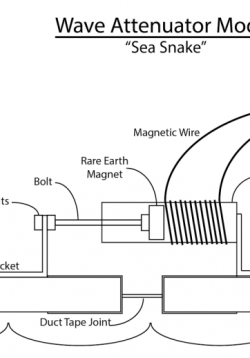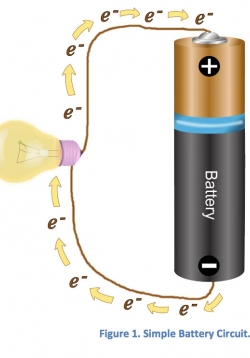Introducing Power Production and Impacts of Climate Change
In the first part of this activity, students participate in a role play activity – understanding the needs of different people living and working around the world. Each character express their unique perspective on climate change and impacts to their...






